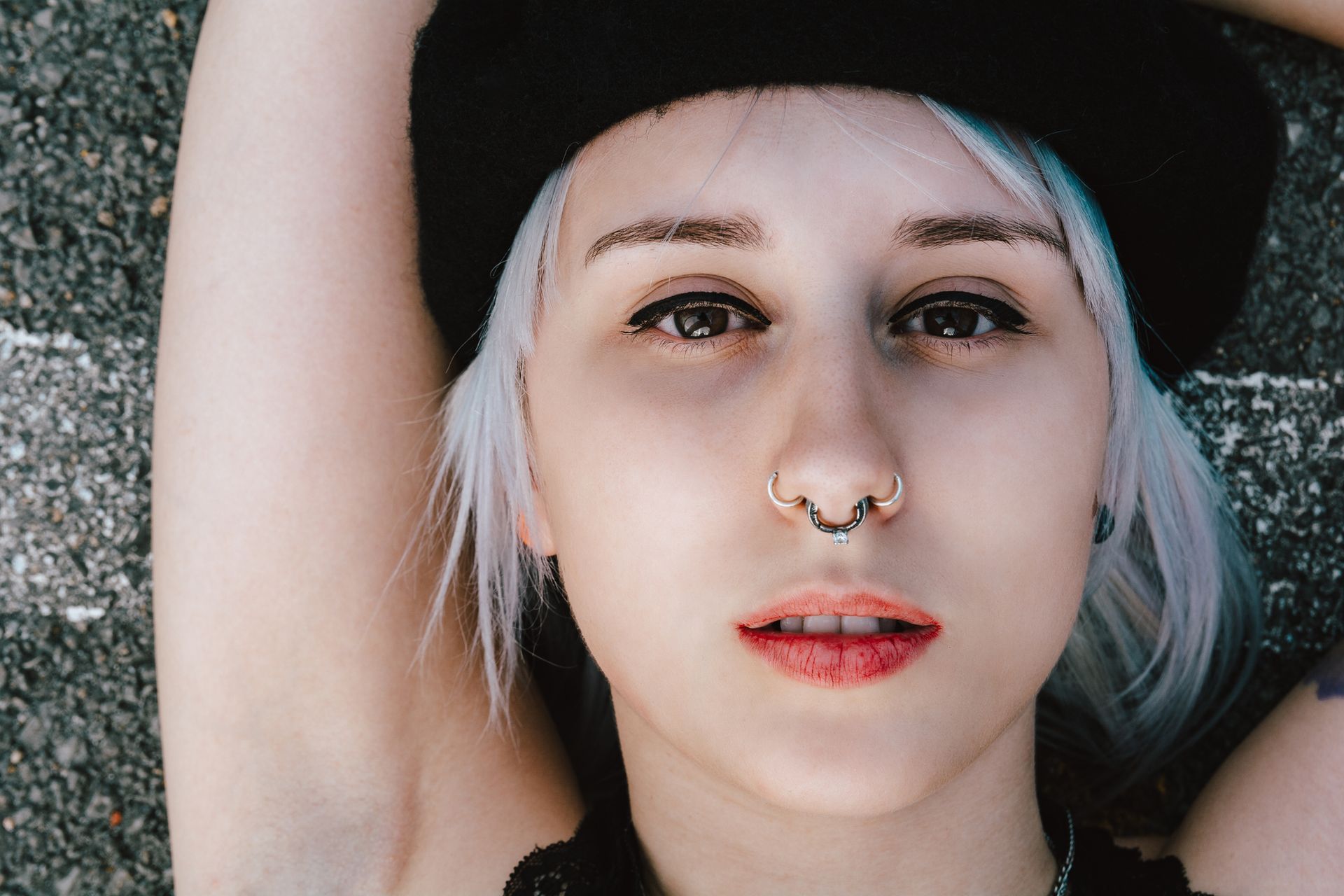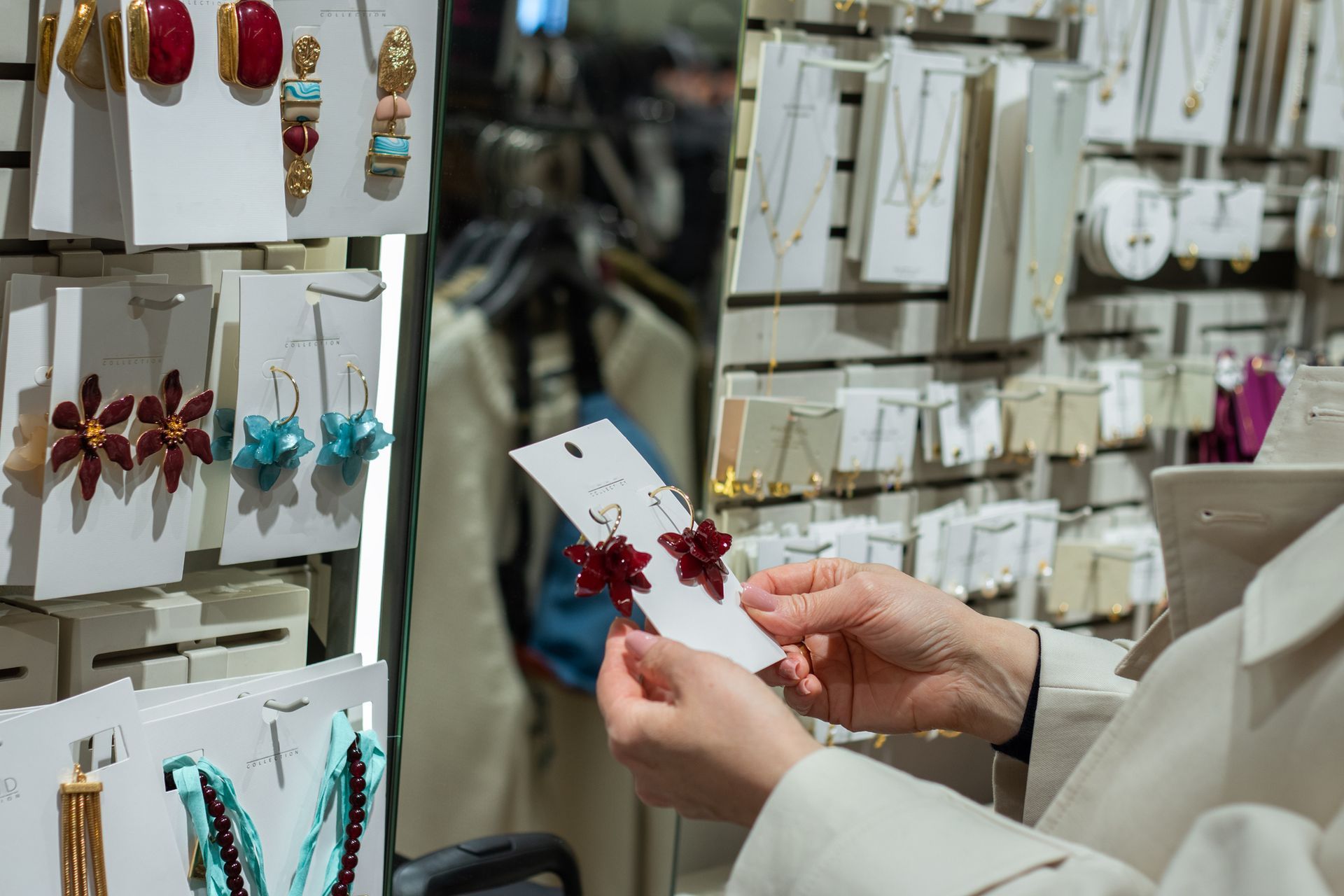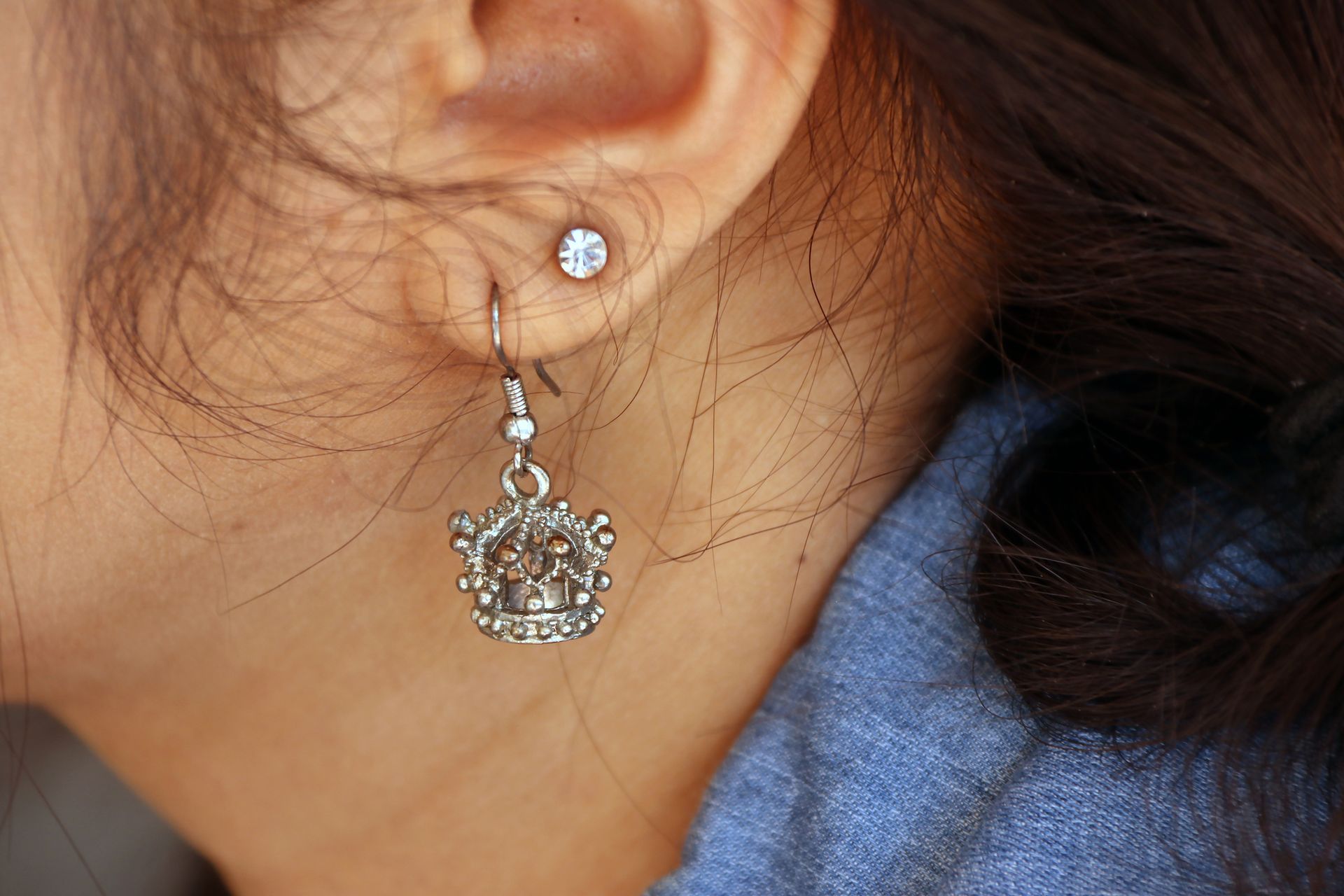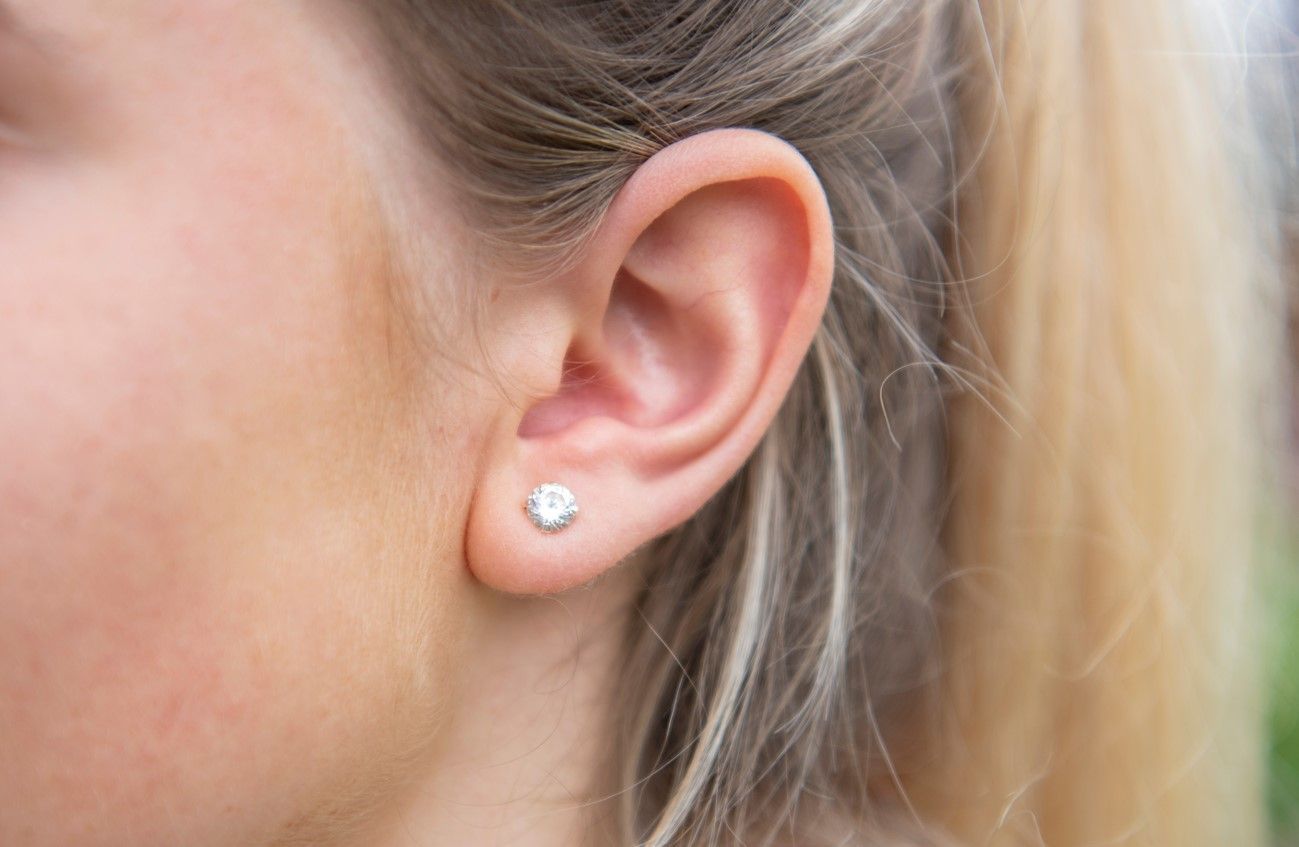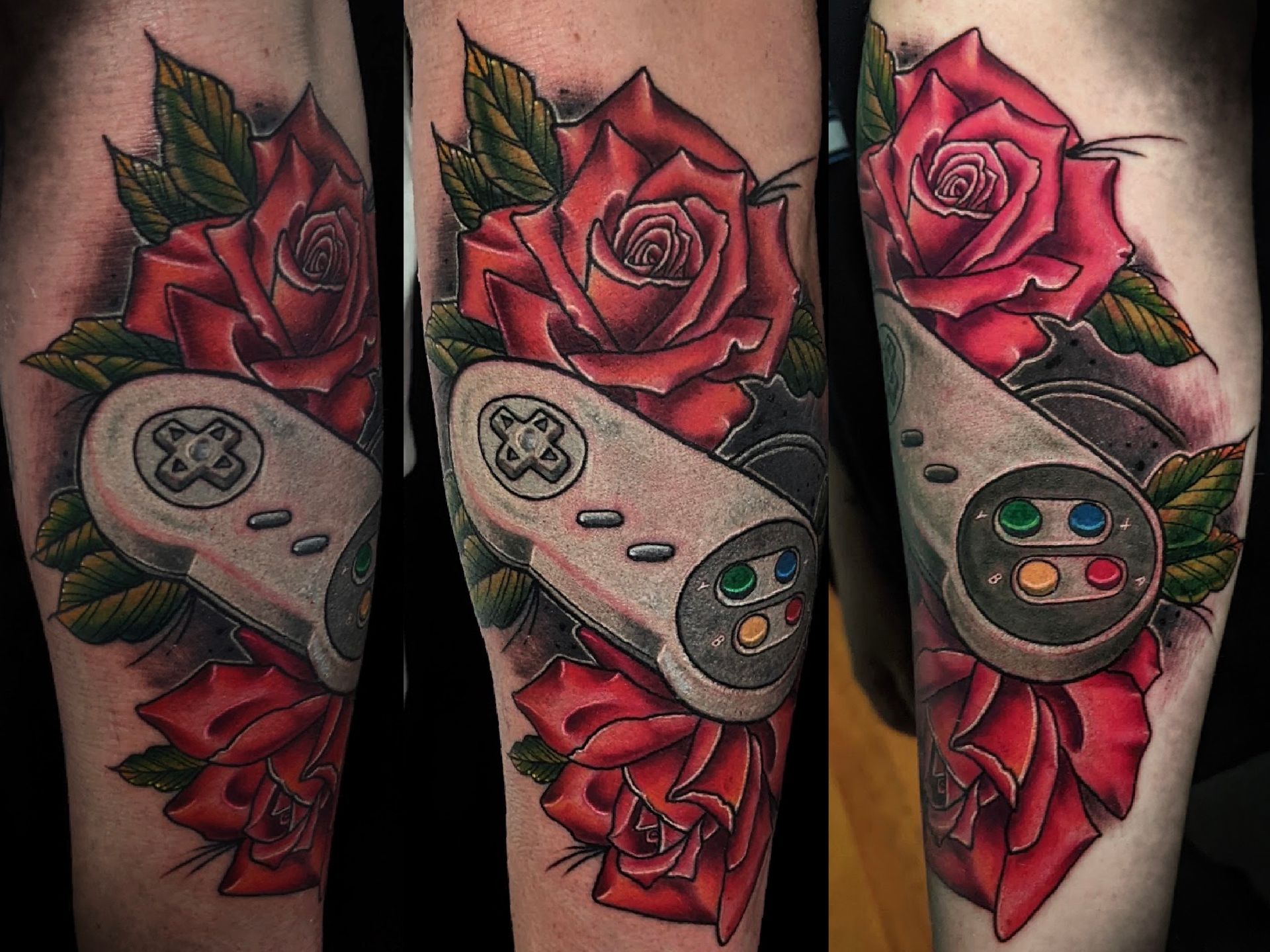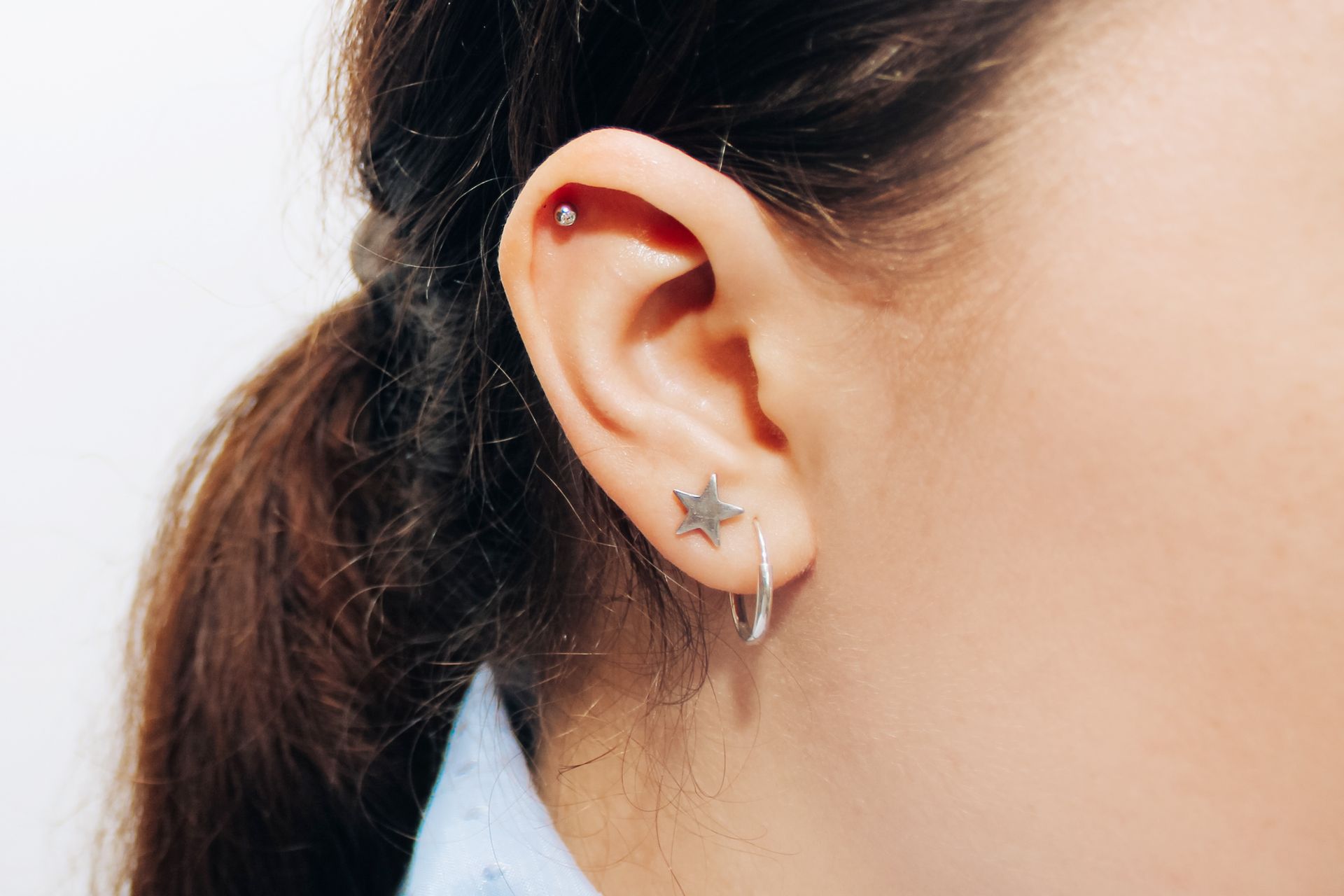Where Should You Get Your Tattoo? 4 Placement Questions to Ask
August 27, 2022
What is the best place on your body for a tattoo? You're ready to get your first tattoo—but you're not sure where. Before you select a spot, take a look at the questions that can help you to pick the perfect placement.
Is the Tattoo Visible?
More specifically, do you want other people to see your tattoo all of the time, some of the time, or none of the time? The decision to have a fully or partially visible tattoo is a personal one — and there are no hard rules that define whether everyone, someone, or no one should see your body art.
Some people want a tattoo that makes a statement to the world. If you want the world to see your body art all — or almost all — of the time, your forearms or neck are placement areas to seriously consider.
Legs are also potential placement picks. But this option only works well for people who wear shorts, skirts, or dresses often. Unless you spend the colder months in a tropical type of climate, it's likely you will need to cover leg tattoos during the fall/winter.
Like the legs, a few other body areas provide partial views or easy cover-up options. The upper arms, shoulders, chest, back, and abdomen are body spaces that you can choose to expose or not. These areas are ideal for people who want to show off their tattoos some of the time—but need to hide their body art for work-related reasons.
If your tattoo is a personal piece that is for your eyes only, pick a place that you always cover with clothing. These areas could include the upper thighs, lower back, and lower abdomen.
Legs are also potential placement picks. But this option only works well for people who wear shorts, skirts, or dresses often. Unless you spend the colder months in a tropical type of climate, it's likely you will need to cover leg tattoos during the fall/winter.
Like the legs, a few other body areas provide partial views or easy cover-up options. The upper arms, shoulders, chest, back, and abdomen are body spaces that you can choose to expose or not. These areas are ideal for people who want to show off their tattoos some of the time—but need to hide their body art for work-related reasons.
If your tattoo is a personal piece that is for your eyes only, pick a place that you always cover with clothing. These areas could include the upper thighs, lower back, and lower abdomen.
How Small or Large Is the Tattoo?
Visibility isn't the only issue to consider when choosing a tattoo placement point. You also need to think about the overall aesthetic and scale. Some body parts — such as the back or thigh — provide a wide or long length of blank canvas. A tiny tattoo may look odd or off set in the center of one of these areas.
A larger tattoo won't fit onto a small body space. If it does fit the dimensions, it may overpower the area and have an off-scale appearance. The result is a crowded look with an overwhelming aesthetic.
If you're not sure how to judge the scale of your tattoo in relation to your body, talk to an artist. An experienced tattoo artist can help you to better understand the options and explain how a smaller or larger piece of art will look in relation to your body, the canvas.
If you're not sure how to judge the scale of your tattoo in relation to your body, talk to an artist. An experienced tattoo artist can help you to better understand the options and explain how a smaller or larger piece of art will look in relation to your body, the canvas.
Is Pain an Issue?
You may feel more or less sensitivity in different areas of the body. Some spaces are more painful to tattoo than others. Bony areas and body parts with more nerve endings are typically the most painful areas to tattoo. Spaces such as the ribs, tops of the hands, elbows, and tops of the feet may feel more sensitive or even hurt as the tattoo is applied.
Even though these areas are often the most sensitive, every person experiences pain in different ways. This makes placement a subjective choice based on your pain threshold. If you already know one area of your body has extreme or above average sensitivity, you may want to avoid it.
Are There Any Areas to Completely Avoid?
Again, avoid any area you personally find extremely painful. Even though sensitivity is a factor that you will need to consider, you also need to learn more about the way your skin will heal and tattoo artist's or studio's policies.
Body parts that move or flex may take more time to heal. Knees, wrists, and ankles are high-motion areas. If healing time is an important factor for you, talk to the tattoo artist about placement and what to expect from different body areas.
Along with healing time, ask the artist if there are specific spaces they will not tattoo. Areas with thin skin may not heal well. This can negatively affect the end result. The artist may request that you avoid these types of placements.
Do you want to learn more about your tattoo options? Contact Studio 28 Tattoos & Body Piercing for more information.
Body parts that move or flex may take more time to heal. Knees, wrists, and ankles are high-motion areas. If healing time is an important factor for you, talk to the tattoo artist about placement and what to expect from different body areas.
Along with healing time, ask the artist if there are specific spaces they will not tattoo. Areas with thin skin may not heal well. This can negatively affect the end result. The artist may request that you avoid these types of placements.
Do you want to learn more about your tattoo options? Contact Studio 28 Tattoos & Body Piercing for more information.

